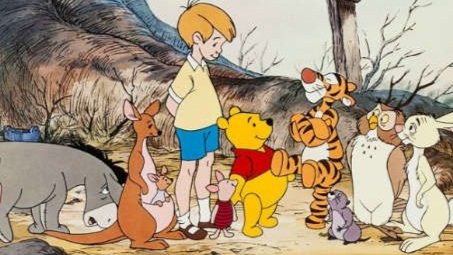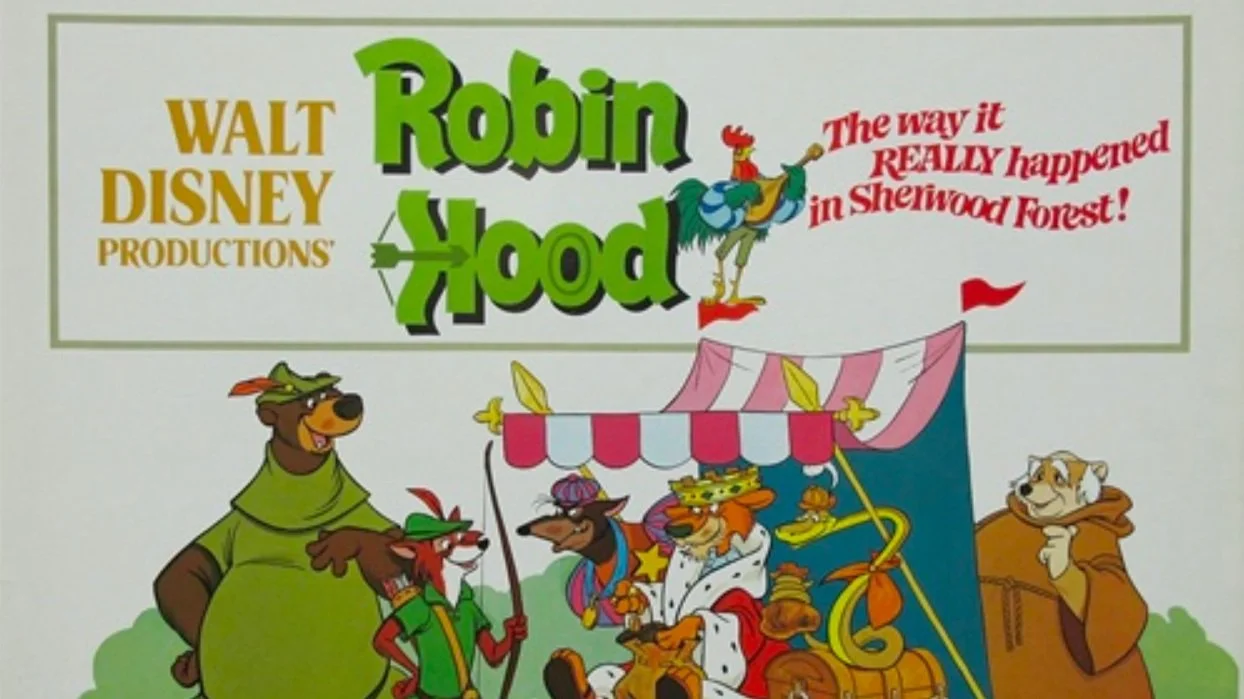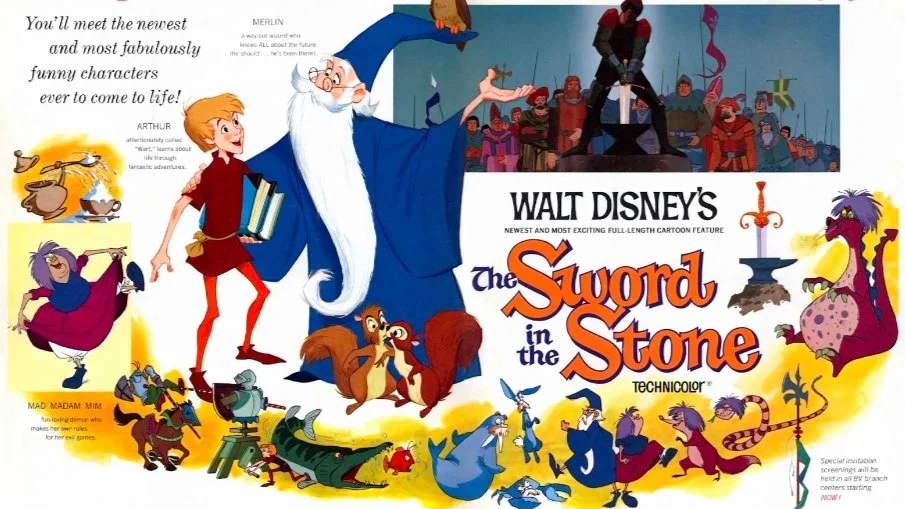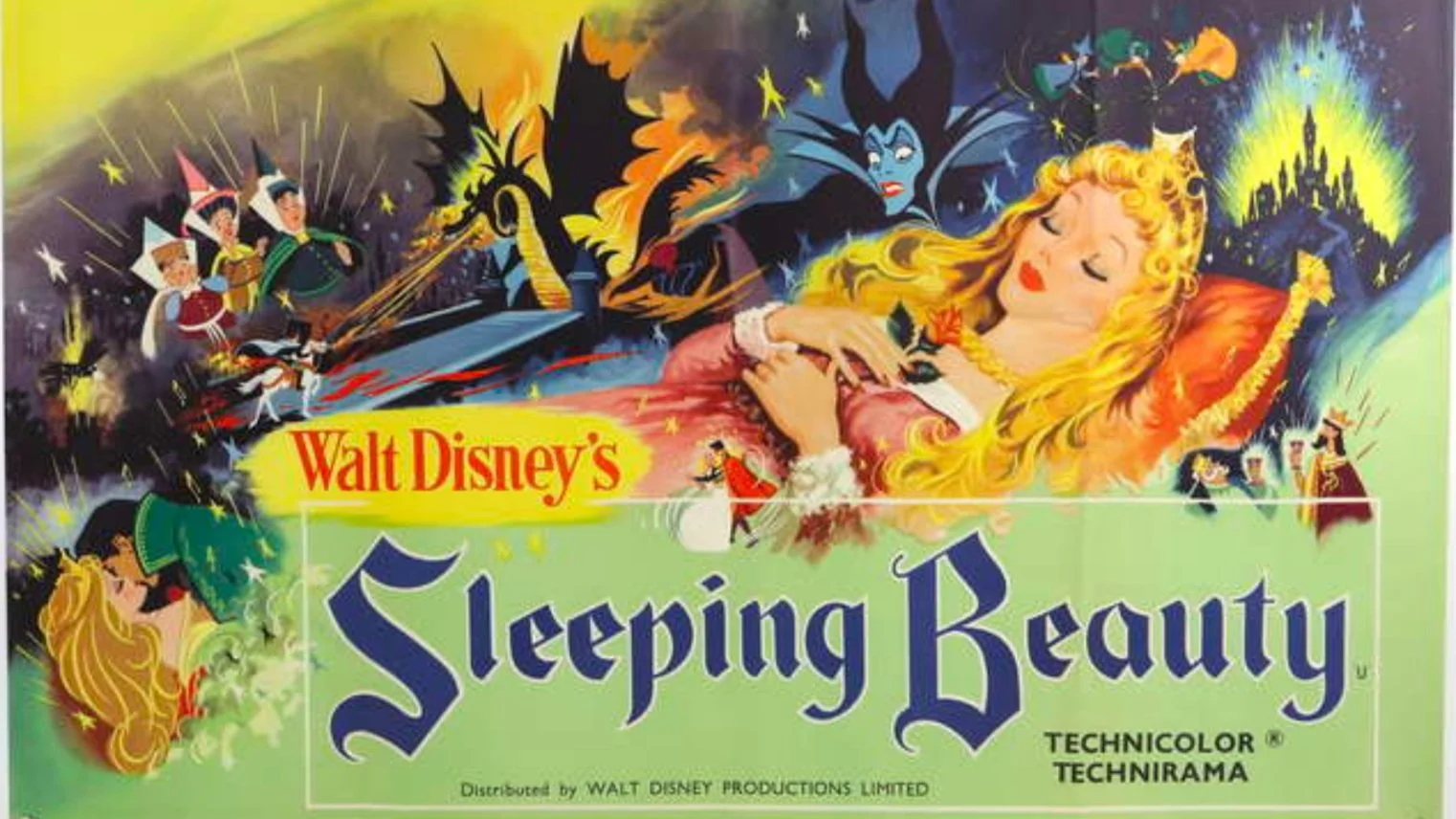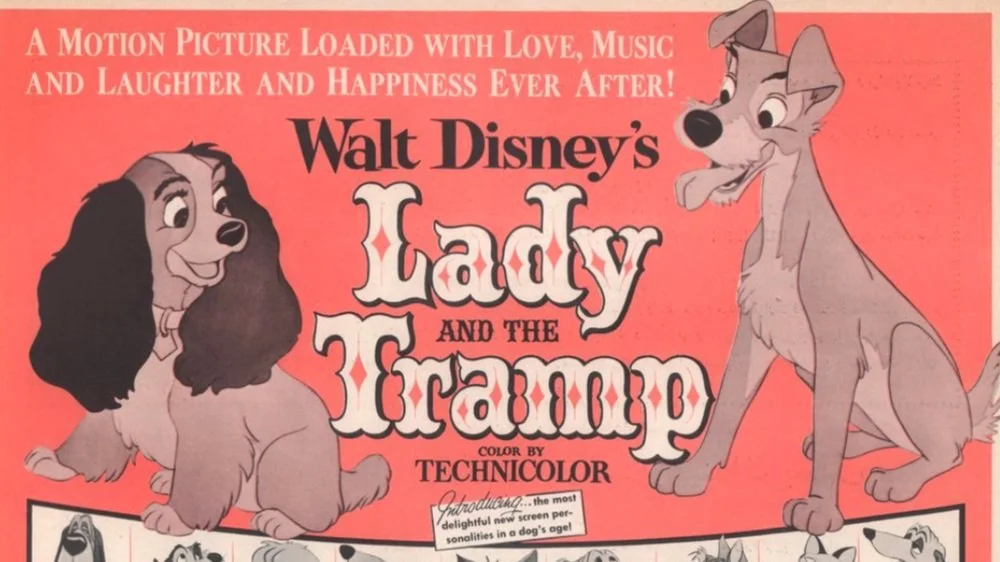Beyond the Final Girl: Us and the Monsters Within
An age-old belief forms the backbone of our perceptions of horror. Years after the story was originally told by a 19-year-old Mary Shelley, one of the most well-known villains of the horror genre is still believed to be Frankenstein, a terrifying creation, abandoned and rejected by society. I say ‘believed’ because, ever since Frankenstein’s original publication in 1818, audiences have assumed that ‘Frankenstein’ refers to the almost-human monster of the novel, rather than its scientist creator, Victor Frankenstein. While this mix-up may be incidental, it poses a question which relates to any horror film in which the villain is a product of isolation and neglect: should we be more scared of the monster, or of its creator?
In 2017, Jordan Peele’s debut feature Get Out positioned white liberalism as the monster of the narrative; those who “would’ve voted for Obama a third time if [they] could”, and are more aligned with racial fetishism and subtle structural prejudices than overt racism. But in Peele’s second film, 2019’s Us, the lines between ‘good’ and ‘evil’ are much more blurred. Through protagonist Adelaide Wilson and her ‘Tethered’ doppelganger, Red—both played by Lupita Nyong’o—Us is an exploration of duality, uncovering uncomfortable truths about how we view inequality, and ultimately how we reckon with our sense of self. In Nyong'o's two characters, both products of social injustice, we can see a new horror protagonist that defies the gendered tropes expected in the genre. By initially presenting a monster and a victim, before forcing us to rethink our ideas about which is which, Us interrogates the horror genre and redefines its foundations. While woman-as-monster and woman-as-victim have both been widely written about, there remains a gap in film theory pertaining to woman-as-both.
Peele has a unique ability to combine comedy with effective horror techniques while remaining firm on his indictments of society and its pitfalls, and in Us, class inequality is brought to the fore through monsters who are simultaneously horrifying and sympathetic. In the eerie opening sequence, a young Adelaide (Madison Curry) wanders off into a funhouse on a Santa Cruz beachfront, getting lost in a hall of mirrors before being confronted with a creepy, whistling doppelganger. What follows is a mystery for the majority of the film, but when a family identical to that of the adult Adelaide’s appears in the driveway of their holiday home, we assume that we’re witnessing the return of the lookalike we saw earlier. With strained, raspy vocals, Adelaide’s ‘shadow’, Red, explains that her family, along with many others, have spent their lives living underground, aimlessly mimicking the motions of their above-ground counterparts, miserably longing for simple pleasures like seeing the sky or eating something other than raw rabbit. With the Tethered ruthlessly murdering their counterparts around them—including the materialistic Tyler family also holidaying nearby—Adelaide must protect her husband Gabe (Winston Duke), and two children Zora (Shahadi Wright Joseph) and Jason (Evan Alex) from the merciless dangers of Red and her family. But in the film’s final moments, a flashback to the fateful night at the beach tells us that we may have been rooting for the wrong person all along. Rather than Red unfairly attempting to seek revenge on an innocent Adelaide, we realise that Adelaide is the antagonist; living underground for the first part of her childhood, she strangled Red, tied her to her bunk bed, returned to the beach and lived the rest of her life in the privileged existence afforded to her by being above-ground, albeit racked with guilt about what she has done.
In Barbara Creed’s The Monstrous-Feminine, she coins and defines the term of the book’s title, stating, “The reasons why the monstrous-feminine horrifies her audience are quite different from the reasons why the male monster horrifies his audience.” Writing in 1993, Creed refers to iconic women in horror for her thesis, such as Carrie, The Exorcist’s Regan, and Alien’s Ripley; today’s examples might include The Witch’s Thomasin, or any of the Jennifers from Jennifer’s Body, Revenge, and 2010’s I Spit On Your Grave remake, respectively. In the latter two films especially, the sexuality of the monstrous-feminine conforms to Creed’s assertion that “she is defined in terms of her sexuality”: Jennifer’s Body’s Jennifer acknowledges that practically everyone she knows desires her, and uses this to her advantage in order to feast on the boys around her. Playing on the sex symbol status attributed to star Megan Fox after her role in Transformers two years prior, the film is a rare example of a female-directed horror portraying a young woman capitalising on her sexuality. Creed confirms that “The phrase ‘monstrous-feminine’ emphasises the importance of gender in the construction of her monstrosity”—in Jennifer’s Body, Jennifer’s monstrosity is due to her being used as a virgin sacrifice and subsequently possessed—but in Us, neither Adelaide or Red are defined by their sexuality, nor is it even referenced in the film. Adelaide’s and Red’s femininity is, for the most part, inconsequential.
However, Adelaide’s maternal instinct, a trait inextricable from traditional ideas of femininity, are clear throughout the film. She holds a particularly strong bond with her son, Jason, who she is constantly desperate to protect, considering the childhood trauma she suffered herself. She even shows empathy for the family trying to murder her own—after Zora kills her Tethered, Umbrae, Adelaide puts herself in danger by leaving the car and watching the dying girl, soothing her as she loses consciousness. When Jason takes advantage of the way the Tethered copy their doppelgangers and tricks his ‘shadow’ Pluto into burning himself alive, Adelaide cries out and mourns his death, despite the fact that he was attempting to kill her and her son. Adelaide displays sympathy for the ‘Other,’ presumably because she understands their plight; the Tethered were born into a situation they had no control over, and now they’re taking their revenge on the world that has wronged them. Adelaide knows first-hand the depravity of a life underground, to the extent that her own way of escaping was to switch positions with an innocent girl. So, the very notion of the Other—of a binary definition of good or evil, monster or victim—is questioned. While we root for a woman who’s willing to do anything to protect her family, our connection with her becomes unsettling by the final scene, when we realise our ‘antagonist’ was acting out of revenge, not malice.
Of course, the monstrous-feminine usually operates in direct contrast with the woman-as-victim, culturally known as a Scream Queen, a Final Girl, or both. But Nyong’o’s dual characters in Us complicate these binary terms by way of being both our monstrous-feminine and our victim. Both women can be seen as a victim at some point in their lives—Red a victim of Adelaide’s cruel childhood actions, and Adelaide a victim of Red’s bloody vengeance—but neither conform to the traditional iteration of the terrified, blood-soaked woman we may be used to seeing in horror. Adelaide can be viewed as a Final Girl by way of Isabel Cristina Pinedo’s description in Recreational Terror: Women and the Pleasures of Horror Film Viewing; “The surviving female is distinguished from the victims by being allowed more close-ups, screen time, and reverse shots from her perspective… Like the killer, she is able to see, hear, and speak authoritatively.” Adelaide is undoubtedly the matriarch of her family, with Gabe’s attempts at warning the family to get off their property resulting in an injured leg— from this point on, Adelaide calls the shots when it comes to the family’s plan of action and escape. Her ability to make the best decisions for the family, eventually leading to her brutally killing Red, could be attributed to the resourcefulness of the Final Girl. But it is her ability to understand and predict the actions of her Tethered—in other words, her distinct affiliation and connection with the supposed monster of the narrative—that allows her to overcome the deadly threat to her family and her safety.
Peele sets us up for the third-act revelation from the very start, not only through the opening flashback but through various dialogue in which Adelaide’s strange, distant nature is referenced (“I have a hard time talking to people”, she notes, due to the fact she physically couldn’t speak for a large part of her childhood), and her telling Gabe that she feels as if the little girl she encountered as a child has been following her for the rest of her life. The deep connection she undoubtedly has to Red, due to their souls being tethered together, is hinted at from the moment she sees the family in the driveway; one of the first things she says to Zora is, “Get your shoes”, implying that she knows her daughter will have to run from the danger present. Not long after, when Red confirms what Adelaide had already predicted and allocates her family to dispose of their Wilson counterparts in different ways, she eerily warns Zora: “Little girl… Run”. While Adelaide’s is desperate to protect her family from the Tethered, she never really reacts with fear—at least not for her own wellbeing. She has known this day was coming for a long time, and rather than asking relentless questions or trying to barter with the family, as Gabe does, she simply says to Red, “You want me, right?” It’s a rhetorical question, of course, as she knows exactly what Red wants. It is Adelaide’s deep, intrinsic attachment to this woman who is adamant to destroy her, that makes either woman’s adherence to the role of victim or monstrous-feminine incorrect.
In The Mary Sue, Caitlin Kennedy writes that women in horror are “trading in our screaming victims for battle-hardened warriors and angels of vengeance”. In some ways, both women in Us could be said to fulfill both of these ideas; Adelaide as the screaming victim, and Red as the angel of vengeance. Red is, after all, hell-bent on revenge for what has happened to her, and leading a large-scale resistance from underground primarily to get back at the girl who wronged her. And Adelaide has her fair share of gut-wrenching screams. But in contrast to the original Scream Queens of horror, such as Halloween’s Laurie Strode or The Last House on the Left’s Sandra Peabody, Adelaide’s screams are feral, almost animalistic sounds of attack. When she re-enters the Tyler family’s home after Josh (Tim Heidecker), Kitty (Elisabeth Moss) and their teenage twin daughters have been disposed of by their Tethered, Adelaide is forced to murder one twin’s doppelganger as it attacks her; brandishing her weapon above her, she lets out bloodthirsty grunts before Jason walks in and sees her. After the climactic showdown between Adelaide and Red, Adelaide finally killing Red by strangling her, she lets out another scream, somewhere between elated relief—that Red is finally gone and she everything will “go back to normal”, as she assures Jason—or near-insanity, mentally (and physically) broken by the horrors she’s endured. These screams encapsulate what Kennedy calls “The dynamics of evil”, the complexity of Adelaide’s character proving that “the contemporary scream queen’s goal is more than just escape, but rebellion and confrontation”. Despite showing empathy for the Tethered throughout the film, Adelaide’s murder of Red confirms that she’s willing to do anything to hold onto the life she fought for all those years ago; her villainous laugh in the face of Red’s dead body a further hint that we’ve been rooting for the wrong person all along.
Complicating the idea of victimhood isn’t completely new ground for Peele. In Get Out, the director made a young white woman—typically a demographic seen as victim in horror films and in real life—possibly the most psychopathic character of the demented Armitage family. While we definitively despise Rose (Allison Williams) for luring boyfriend Chris (Daniel Kaluuya) into her people-auctioning, lobotomy-performing home, Peele plays on our expectations of corrupt American authority figures when a police car pulls up to witness Chris strangling Rose, before revealing his best friend Rod (Lil Rel Howery) is at the wheel. And with Us, we are given a Black, female protagonist in a typical mainstream horror, and possibly the closest example of a Black Final Girl in the history of the genre. Writing in 2018, Hanna Flint notes that the new wave of Scream Queens, including Maika Monroe, Anya Taylor-Joy and Chloë Grace Moretz, largely excludes women of color. While actresses like Jada Pinkett-Smith, Elise Neal and Naomie Harris have found roles in horror films of the past, with characters of varying degrees of substance or significance to the plot, these women have mostly served as accomplice to the (almost always white) protagonist. Flint claims that “it’s just as vital that ethnic minorities play roles that aren’t defined by their skin color”; Lupita Nyong'o's dual characters in Us, two Black women whose racial identity is of little consequence to the plot, pave the way for a new type of Final Girl or Scream Queen in a genre that, with the help of auteurs like Peele, is shifting its own diameters.
That there will be a climactic, late twist in a horror film isn’t exactly a shock to fans of the genre, especially after watching Peele’s auspicious debut, but what the very last scenes of Us achieve is an unexpected, exhilarating meditation on the nature of evil, a term not easily applied to any of the ‘monsters’ in the film. Adelaide and Red have both done awful things, but there is simply no answer to the question of which of them, if either, are redeemable characters. Redefining the terms of the monstrous-feminine while offering a revolutionary female horror protagonist who can’t comfortably be determined by any of the well-trodden tropes of the genre, Peele’s sophomore film confirms the auteur’s ability to deter expectations; while Nyong’o’s two performances will be hard to top for years to come.






